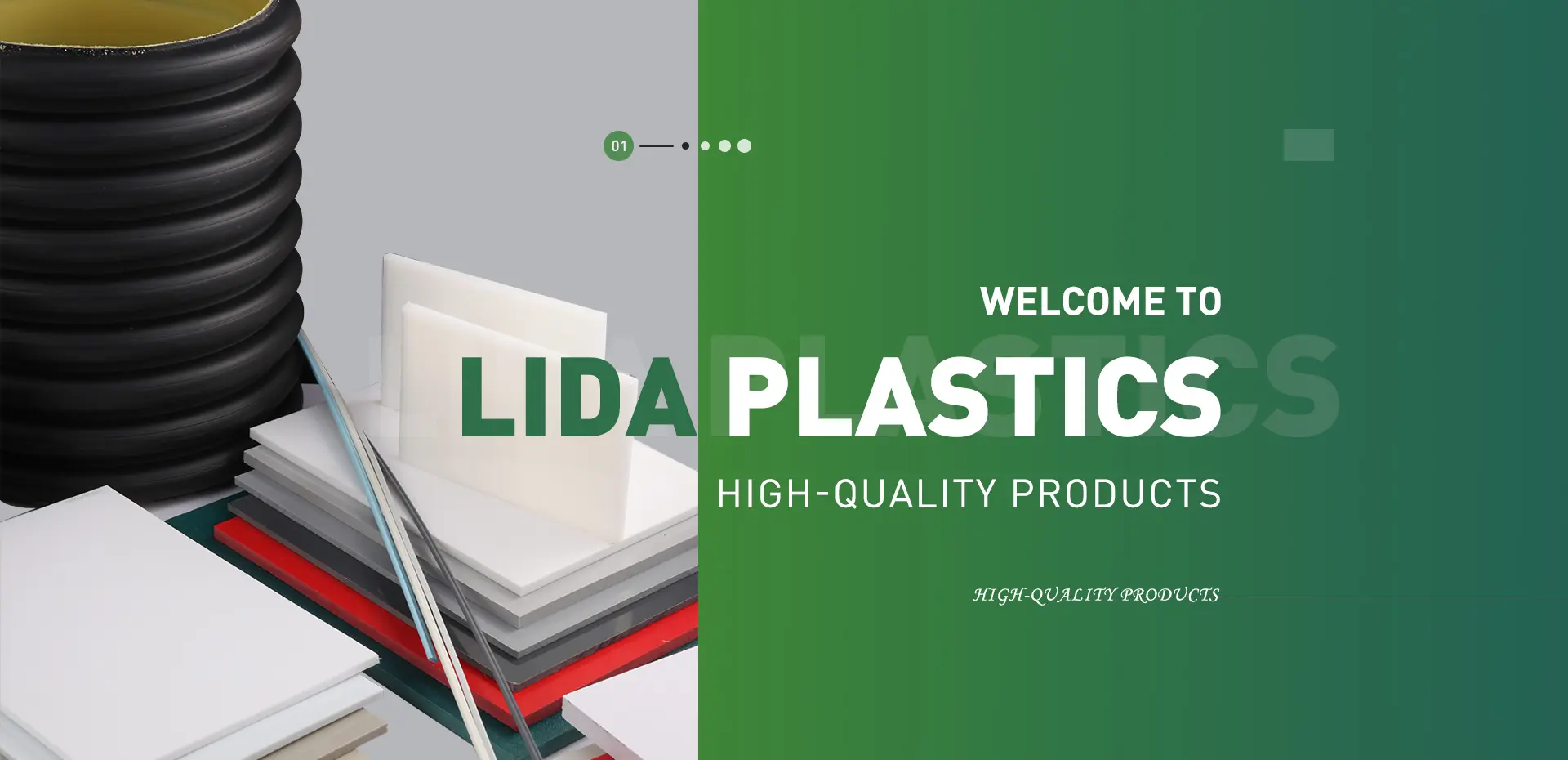Dec . 01, 2024 01:17 Back to list
Innovative Applications and Benefits of PPR Tubes in Modern Plumbing Solutions
Understanding PPR Tube A Comprehensive Guide
PPR tubes, short for Polypropylene Random Copolymer tubes, have become an essential component in various plumbing and construction applications. Known for their excellent durability, chemical resistance, and thermal efficiency, these tubes are increasingly favored in residential and commercial projects alike.
What is PPR?
Polypropylene Random Copolymer (PPR) is a type of thermoplastic polymer that has unique characteristics making it suitable for piping systems. Unlike traditional materials such as PVC, PPR is known for its ability to withstand higher temperatures and pressures, making it a preferred choice for hot and cold water supply systems. It is widely used in applications ranging from potable water installations to hot water heating systems and industrial settings.
Advantages of PPR Tubes
1. Durability PPR tubes are known for their exceptional longevity. They can withstand significant pressure and resist the effects of aging, corrosion, and scale formation, which often plague traditional metal pipes. Their lifespan can exceed 50 years under optimal conditions.
2. Corrosion Resistance One of the significant advantages of PPR pipes over metal pipes is their corrosion resistance. PPR is immune to the rusting and degradation that can occur with metals exposed to water and other chemicals, ensuring clean and safe transportation of fluids.
3. Temperature Tolerance PPR tubes can handle a wide range of temperatures, making them suitable for both cold and hot water applications. They can typically endure temperatures up to 95°C (203°F) while maintaining structural integrity.
4. Easy Installation PPR pipes can be easily welded together to create a seamless flow system without leaks. This joinery technique not only simplifies installation but also reduces the potential for failures that can occur at joints in other types of piping systems.
5. Lightweight Compared to metal pipes, PPR tubes are significantly lighter, which reduces transportation costs and makes handling and installation easier on the job site.
ppr tube

6. Cost-Effective While the initial cost of PPR may be higher than that of some traditional piping solutions, the long-term savings in maintenance, repair, and durability make PPR a cost-effective choice over its lifecycle.
Applications of PPR Tubes
PPR tubes are versatile and can be used in various applications, including
- Residential Plumbing Ideal for cold and hot water supply in kitchens and bathrooms, significantly reducing the risk of leaks and corrosion-related damages. - Heating Systems Used in underfloor heating and radiator heating systems due to their excellent thermal conductivity and high temperature tolerance.
- Industrial Applications Suitable for transporting liquids and gases in chemical factories and food industry settings because of their chemical resistance.
- Agricultural Irrigation Utilized in irrigation systems due to their resistance to UV rays and ability to withstand high pressure from pumps.
Environmental Considerations
PPR technology aligns with eco-friendliness, as these pipes are recyclable and can be repurposed at the end of their life cycle, reducing environmental impact. Additionally, the longevity of PPR tubes means fewer resources are needed for repairs and replacements, a crucial factor in sustainable construction practices.
Conclusion
PPR tubes represent a significant advancement in piping technology, offering an array of benefits that cater to modern plumbing and construction needs. From their durability and chemical resistance to their cost-effectiveness and ease of installation, PPR pipes have solidified their position as a reliable choice for both residential and commercial applications. As sustainability becomes increasingly important in the construction industry, the adoption of PPR technology will likely continue to grow, promoting not only efficiency but also environmental responsibility. Whether for a new build or a renovation project, considering PPR tubes may be an informed step towards achieving a more reliable and sustainable plumbing solution.
-
Premium Glossy PP Rigid Sheet – Durable & Versatile
NewsAug.07,2025
-
High-Quality HDPE Sheet | Durable Plastic Panels
NewsAug.06,2025
-
High-Precision PVC Rigid Sheets for Vacuum Forming | AI-Optimized
NewsAug.05,2025
-
Durable PVC-M Water Supply Pipes | 60-Year Life
NewsAug.04,2025
-
Premium HDPE Water Supply Pipes: Durable & Leak-Proof
NewsAug.03,2025
-
Premium PVC-M Water Supply Pipe - Durable & Efficient
NewsAug.02,2025

